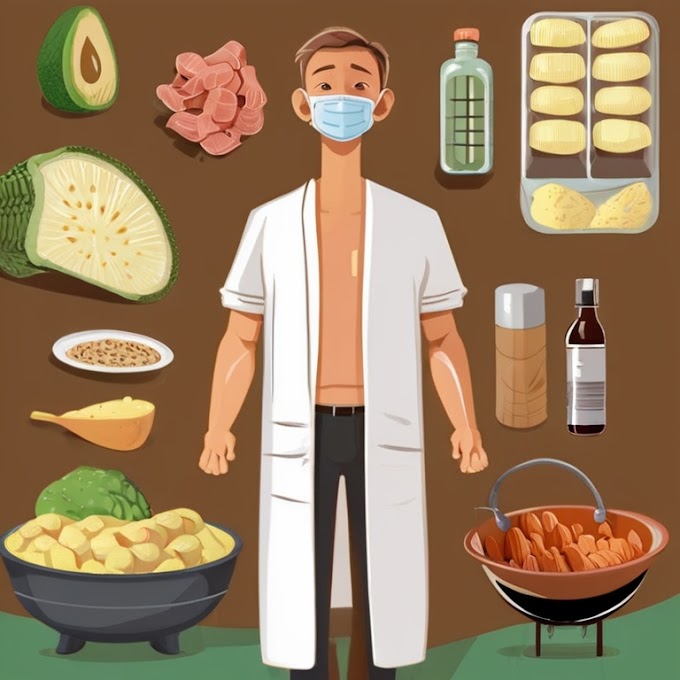Introduction
The ketogenic, or keto, diet has surged in popularity over the past few years, becoming one of the most talked-about health trends. Promising significant weight loss, enhanced mental clarity, and sustained energy levels, it’s no wonder people are curious about how to start a keto diet. This beginner's guide to the keto diet will walk you through everything you need to know to embark on this low-carb, high-fat journey.
What is the Keto Diet?
The keto diet is a low-carb, high-fat diet designed to shift your body from burning carbohydrates for energy to burning fat. This metabolic state is known as ketosis. When your body is in ketosis, it becomes incredibly efficient at burning fat for energy. It also turns fat into ketones in the liver, which can supply energy for the brain.
Benefits of the Keto Diet
- Weight Loss: By cutting carbs and increasing fat intake, your body becomes more adept at burning fat.
- Increased Energy Levels: Fat is a more stable energy source than carbs, preventing the peaks and crashes associated with high-carb diets.
- Improved Mental Clarity: Ketones are a powerful fuel source for the brain, often resulting in enhanced cognitive function.
- Better Blood Sugar Control: The keto diet can improve insulin sensitivity and stabilize blood sugar levels, making it beneficial for those with type 2 diabetes.
Getting Started with the Keto Diet
1. Understand Your Macros
To successfully start a keto diet, you need to understand your macronutrient (macro) ratios. The typical keto diet consists of:
- 70-75% fat
- 20-25% protein
- 5-10% carbohydrates
2. Choose Keto-Friendly Foods
Focus on high-fat, low-carb foods such as:
- Meats: Beef, pork, chicken, and fatty fish.
- Dairy: High-fat cheese, butter, and cream.
- Oils and Fats: Olive oil, coconut oil, and avocado oil.
- Nuts and Seeds: Almonds, walnuts, chia seeds, and flaxseeds.
- Low-Carb Vegetables: Leafy greens, cauliflower, broccoli, and zucchini.
3. Avoid High-Carb Foods
Steer clear of foods high in carbs, including:
- Sugary Foods: Sodas, candies, and desserts.
- Grains and Starches: Bread, pasta, rice, and potatoes.
- Fruits: Most fruits are high in carbs, but berries can be consumed in moderation.
Keto Diet Meal Plan for Beginners
Breakfast Options
- Avocado and Egg Bowl: Mix one avocado with two scrambled eggs.
- Keto Smoothie: Blend unsweetened almond milk, spinach, avocado, and a scoop of protein powder.
Lunch Ideas
- Caesar Salad: Romaine lettuce, grilled chicken, Parmesan cheese, and a keto-friendly dressing.
- Zucchini Noodles: Tossed with pesto sauce and topped with grilled shrimp.
Dinner Recipes
- Baked Salmon: With a side of sautéed spinach and garlic.
- Beef Stir-Fry: Made with broccoli, bell peppers, and a soy sauce alternative.
Common Mistakes to Avoid
- Not Eating Enough Fat: Ensure you’re consuming enough fat to keep you in ketosis.
- Eating Too Much Protein: Excess protein can be converted into glucose, which may kick you out of ketosis.
- Not Drinking Enough Water: Staying hydrated is crucial on the keto diet to prevent side effects like the keto flu.
Monitoring Your Progress
To determine if you’re in ketosis, you can use keto testing strips, a blood ketone meter, or a breathalyzer designed for this purpose. Regularly tracking your macros and keeping an eye on your physical and mental changes can also help you stay on track.
Conclusion
The keto diet offers numerous health benefits, especially when it comes to weight loss and mental clarity. By understanding your macros, choosing the right foods, and avoiding common pitfalls, you can successfully start and maintain a keto diet. Remember, every individual is different, so listen to your body and adjust as needed. Welcome to the world of keto—your journey to a healthier you starts now!
By following this beginner’s guide to the keto diet, you’ll be well on your way to achieving your health and wellness goals. Happy keto-ing!
If you wanna start your keto diet journey today then click here!








0 Comments